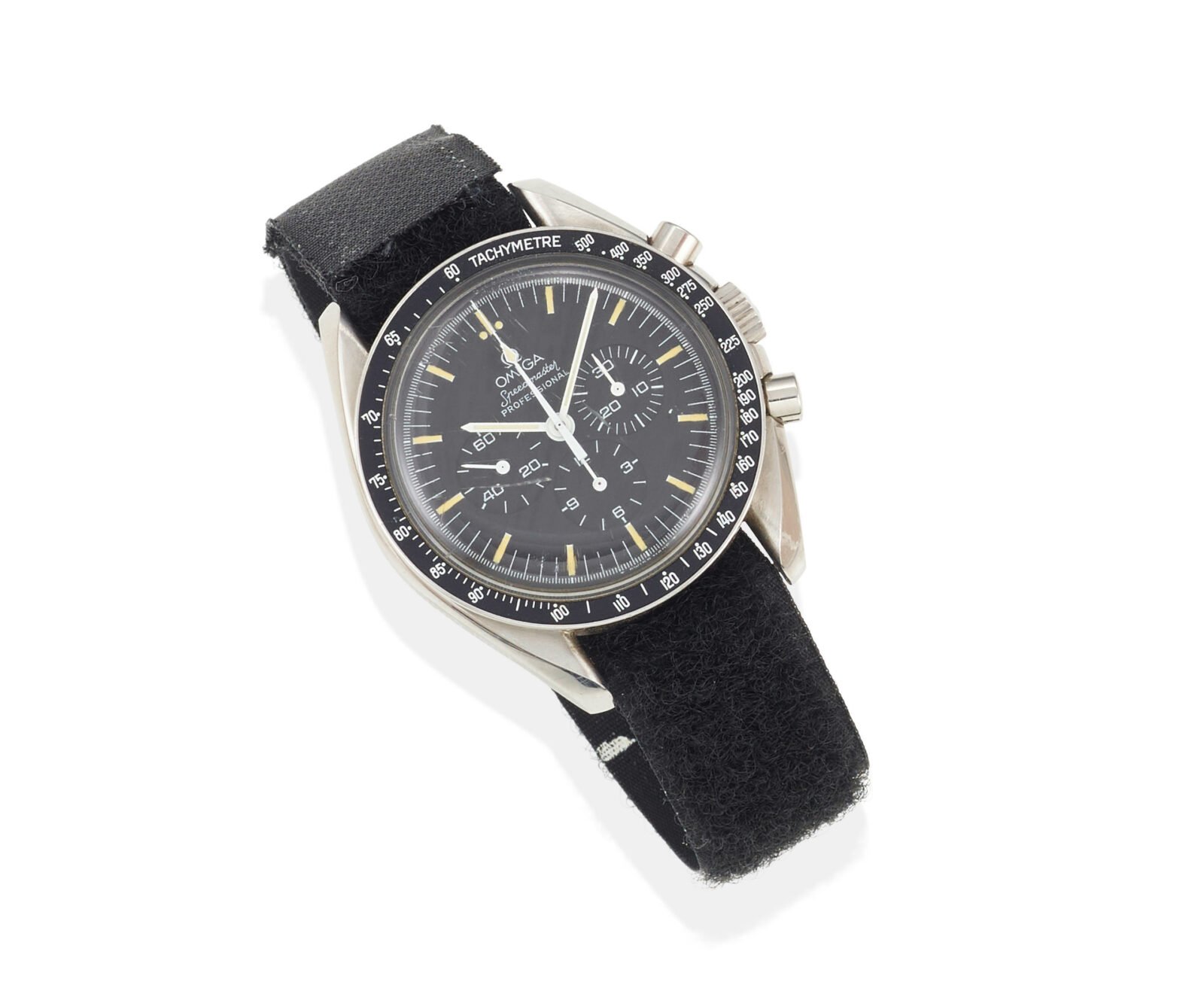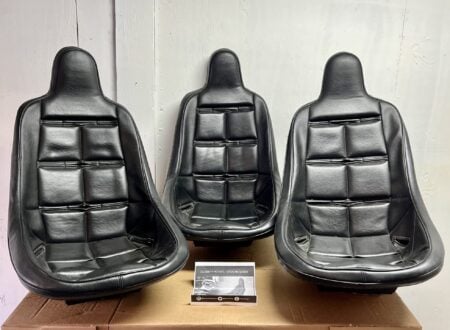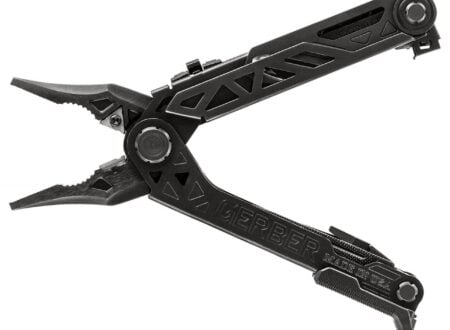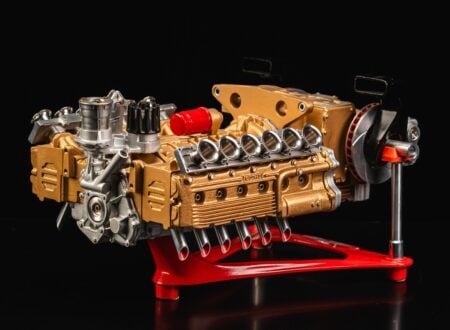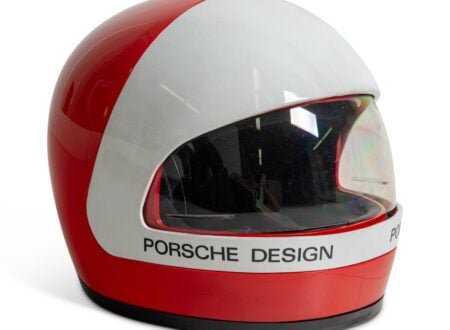This Omega Speedmaster was worn by Russian Cosmonaut Anatoly Solovyev on Soyuz TM-9, a mission from February the 11th through till August the 9th 1990.
Solovyev, who still holds the world records for number of spacewalks performed and time spent spacewalking, wore this Speedmaster during a series of difficult repairs performed during two spacewalks that would save the Soyuz TM-9 mission and the lives of those aboard.
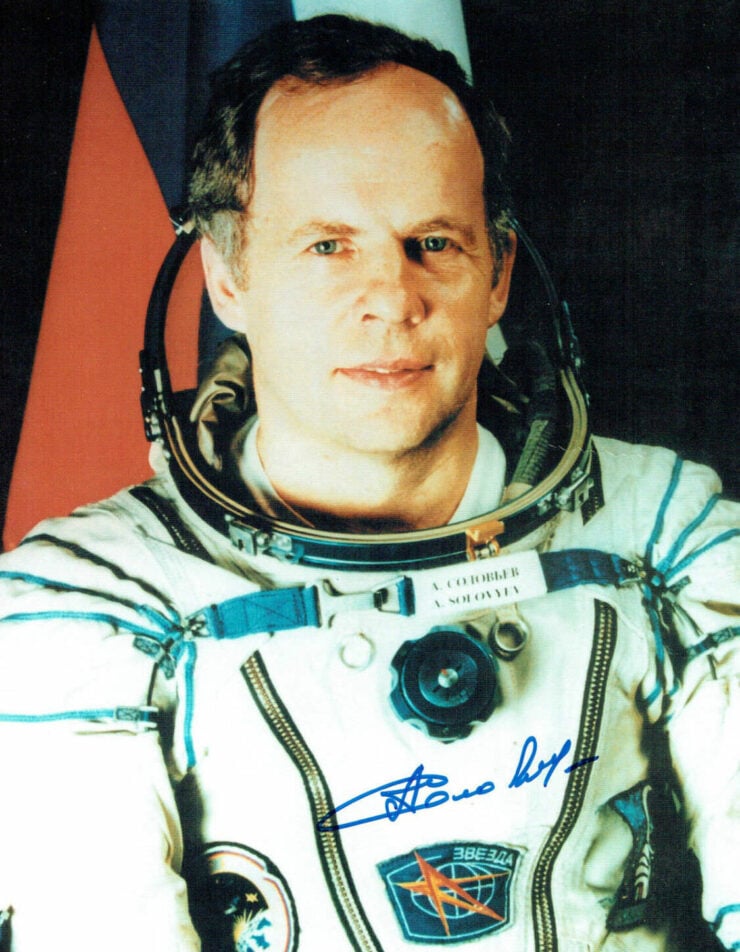

Crucial repairs were needed to three of eight thermal blankets which had come loose when the Soyuz TM-9 docked with the Mir space station. The drama played out not just in space but back on earth also, major newspapers carried the story on their front pages and the progress of the repairs was covered in nightly news programs around the world.
The Omega Speedmaster
The Speedmaster was introduced by Omega in 1957 as a chronograph primarily targeted at motorsport use and race timing. Though it was never intended for use in space the Speedmaster would be evaluated by NASA in the early 1960s for use in orbit and on the lunar surface.
NASA put several watches, including the Omega Speedmaster, through rigorous tests to evaluate their durability and timekeeping precision in the conditions likely to be found in space, which included extreme cold, extreme heat, the vacuum of space, and exposure radiation.
Above Video: This documentary from 1989 and 1990 is called “Red Star In Orbit,” and it covers the preparations for the now-famous Soyuz TM-9 mission.
In 1965, after successfully passing the series of brutal tests, the Omega Speedmaster became the first watch to be declared “flight-qualified for all manned space missions” by NASA. It was selected as the official watch for astronauts.
The Speedmaster accompanied astronauts on several Gemini missions, including Gemini 3, which was the first manned mission to wear a Speedmaster in space. It was also worn during the Apollo program, including the historic Apollo 11 mission that landed humans on the Moon in 1969 – making the Speedmaster the first watch on the Moon.
The “Solovyev Speedmaster” Shown Here
As mentioned in the introduction this Speedmaster was worn by one of Russia’s most famous Cosmonauts aboard the Soyuz TM-9 mission that ran for 179 days in 1990.
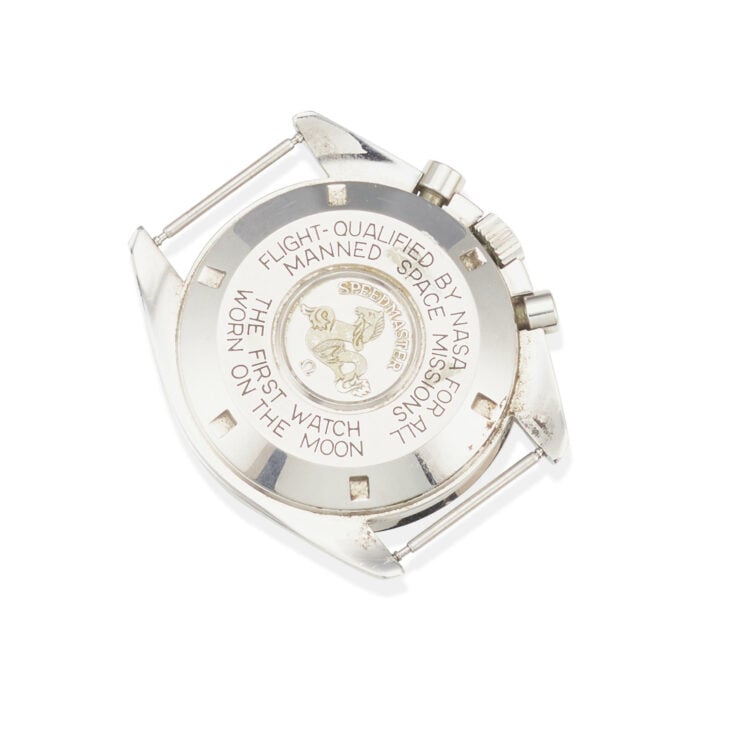

When the Soyuz TM-9 spacecraft docked with the Mir space station, it was discovered that three out of eight thermal blankets had come loose. This posed a concern because if the capsule cooled down, condensation could form inside, potentially causing a short circuit in the complex onboard electrical systems.
The cosmonauts were also worried that the loose blankets might obstruct the infrared vertical sensor, which was critical for orienting the module during reentry – a failure with this system would result in the spacecraft burning up.
There were additional concerns that the explosive bolts connecting the service module to the descent module might fail after direct exposure to space, compromising the heat shield. Moreover, attempting an extravehicular activity (an EVA or spacewalk) to repair the blankets could potentially cause further damage.
Engineers at the hydrolab training facility outside Moscow worked on developing EVA repair procedures, and there were even discussions about sending Soyuz TM-10 up into orbit with a single cosmonaut crew member as a rescue mission.
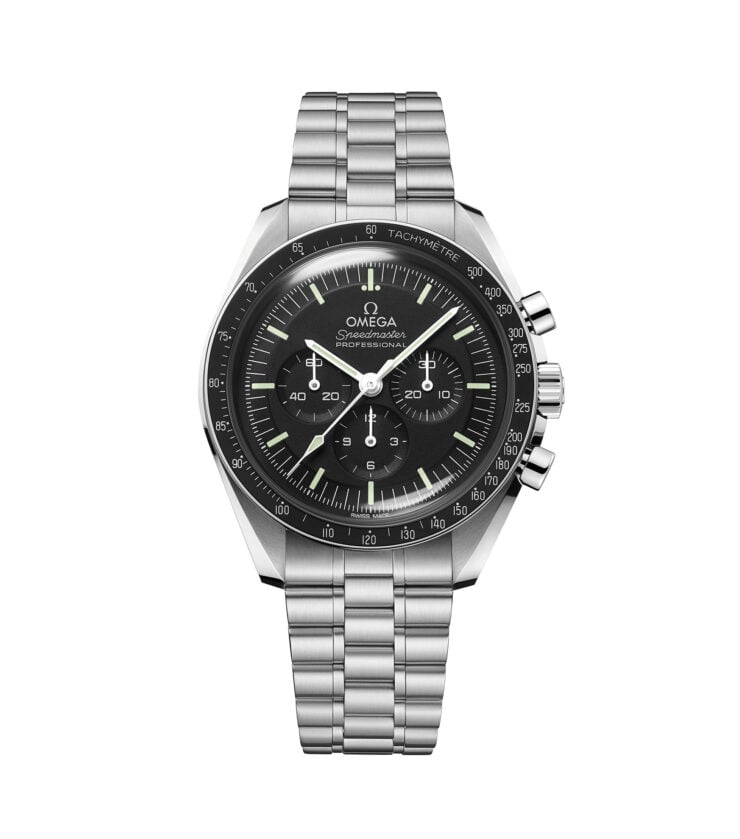

Fortunately, cosmonauts Solovyev and Aleksandr Baladin managed to secure two out of the three loose blankets. However, when they tried to reenter Mir, they discovered that the hatch on the Kvant-2 module had been accidentally released while there was still pressure in the airlock.
The force of the explosion deformed the hatch hinges, preventing it from closing properly. This necessitated the use of an emergency hatch and another EVA.
During the second EVA, several days later, Solovyev and Balandin had to apply significant force to reseat the hatch, resulting in the scratching of the crystal on the Omega Speedmaster watch that you can still see today.
The watch is now due to be auctioned by Bonhams with bidding closing on the 18th of July. The watch has a price guide of $20,000 – $30,000 USD and you can visit the listing here if you’d like to read more about it or register to bid.
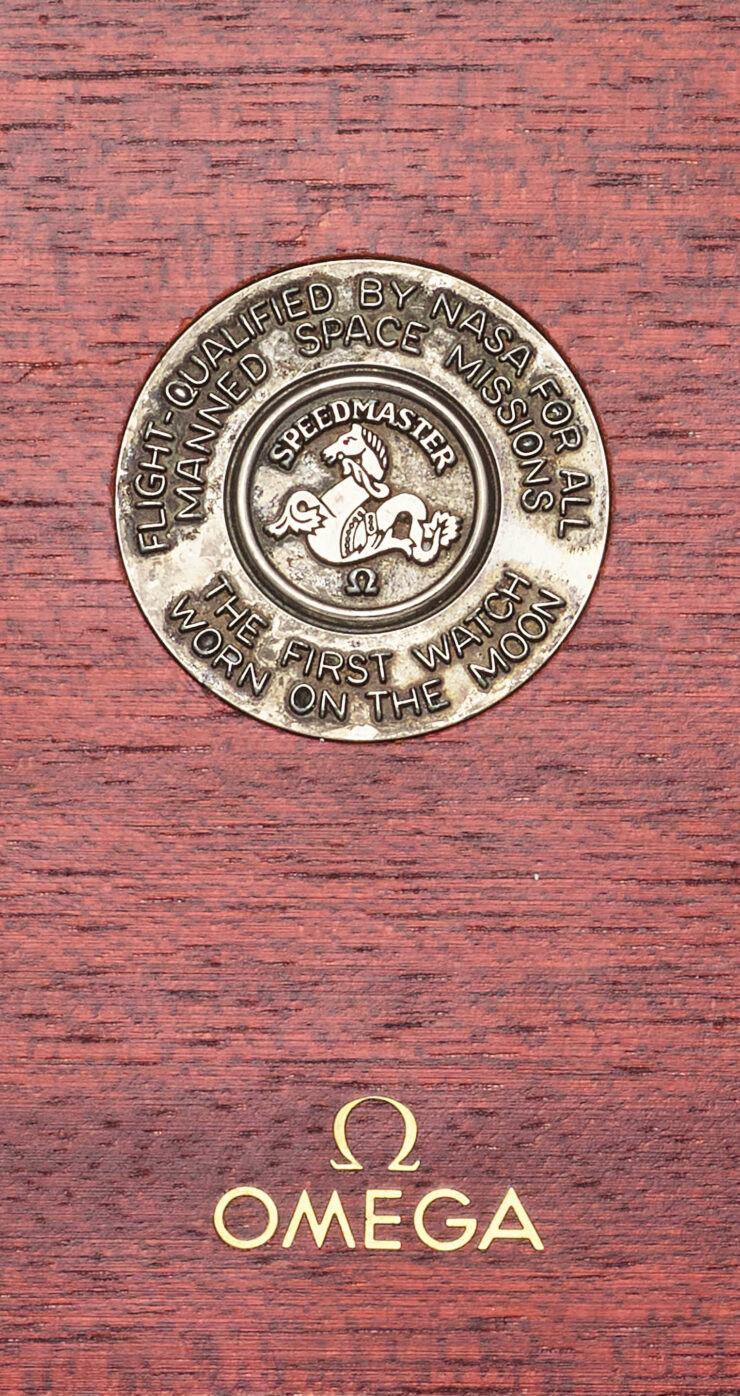
Images courtesy of Bonhams

Articles that Ben has written have been covered on CNN, Popular Mechanics, Smithsonian Magazine, Road & Track Magazine, the official Pinterest blog, the official eBay Motors blog, BuzzFeed, Autoweek Magazine, Wired Magazine, Autoblog, Gear Patrol, Jalopnik, The Verge, and many more.
Silodrome was founded by Ben back in 2010, in the years since the site has grown to become a world leader in the alternative and vintage motoring sector, with well over a million monthly readers from around the world and many hundreds of thousands of followers on social media.

